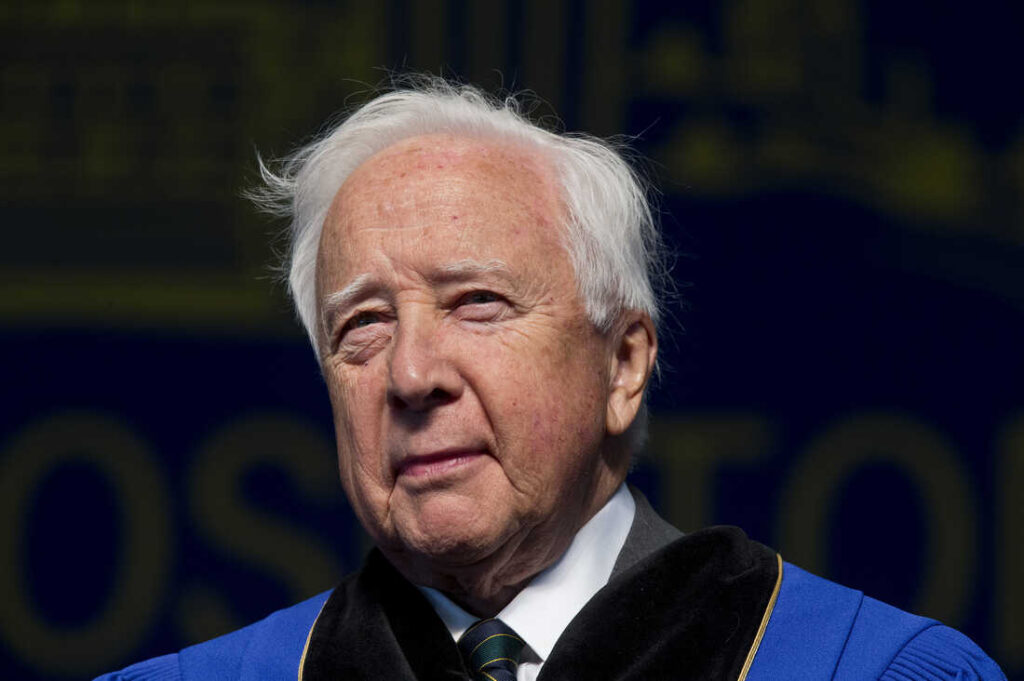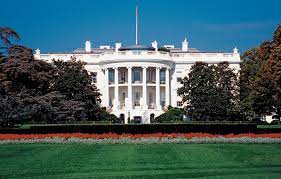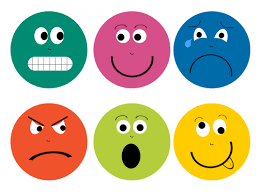All the Work… in Just a Few Words.

I wrote a draft of a novel in my 20s. It was called Mo Pix about a graffiti artist in NYC. I started writing and didn’t stop until it was done. No editing. Took months, maybe years. It was a stream-of-consciousness story. The recent passing of David McCullough got me thinking about how one writes a tome as he did so well. And as I mulled it over, I realized a lot of discovery goes into writing such a book. Not a winger of words, he.
And guess what? These thought about McCullough reminded me of my craft today and the discovery process for crafting a brand strategy. Lots of time, research, thinking and effort goes into writing a brand strategy. Lots of discovery. When is the discovery stage complete? Is it when the budget starts to run out? Is it when an indelible and fitting idea surfaces? Or, is it when (in my framework) three support planks emerge? I guess it’s a little bit of each. Sometimes, when I really don’t have a clear picture, I just start writing the brand brief — forcing me into a corner. The brief being a serial story tying brand position to brand objective and built upon a good deal of consumer care-abouts and brand good-ats.
The huuuge difference between a book and brand strategy in terms of the finished product is the former is a long, long form piece of work and the latter a single-minded sentence. All the work in just a few words.
Imagine asking David McCullough to capture one of his stories in a sentence. Maybe he’d just give you the book title and subtitle. Hee hee.
Peace.






